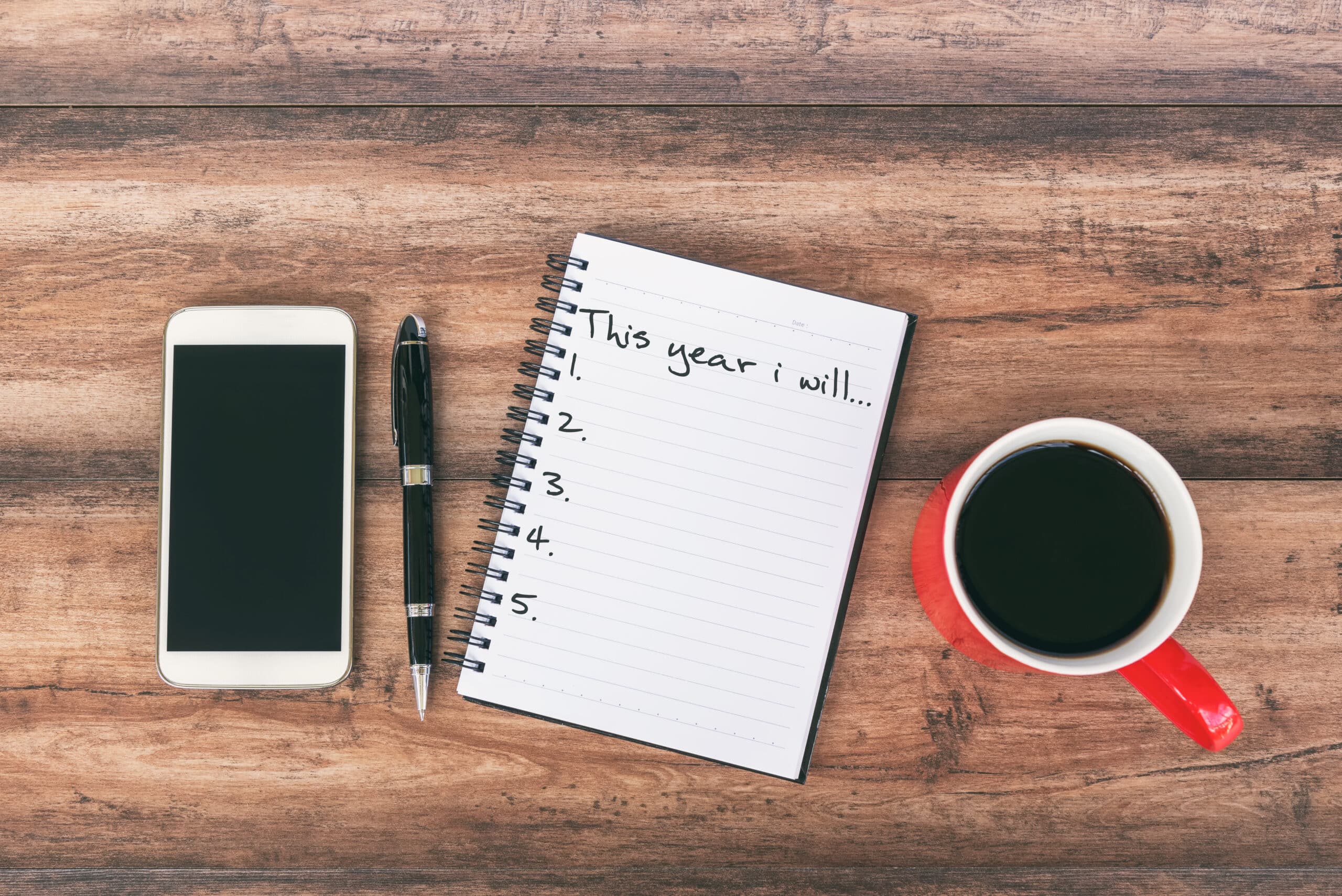By: Tana Gildea
01/22/2020
Most of us look to the new year as an opportunity to “start again,” clean up our bad habits, make big changes, and reach for the stars! We’ll exercise! Lose weight! Save more! And then Monday comes. It’s another start to another week that feels exactly like those that have come before it. The thrill of the promise crumbles when faced with the reality of packing a lunch, forgoing a latte, or passing up those great sales in favor of a workout.
According to James Clear (Atomic Habits), BJ Fogg (Tiny Habits), and Charles Duhigg (The Power of Habit), creating a habit is the clear path to lasting success regardless of what we are trying to change or improve in our lives. So what financial habit is the keystone habit? Track your spending.
When we work with clients, we occasionally help them create a pie chart called Live, Give, Owe, Grow, and Can’t Say No. It takes spending over some time period and divides it into these categories. By making a pie chart, everyone can see how the pie divides which can lead to some great discussions around how the client feels about where the money is going. That can be a great “look back” exercise to help you identify things you want to change. The categories should be those that are important for you but keep it to a few so as not to get overwhelmed.
Analyzing what happened provides some insight, but tracking problem areas “in the moment” is what creates awareness and change.
Here are some things to try:
- Track a particular category of spending.
- Identify your problem area and track it. Eating out tends to be a trouble spot for a lot of people so, for example, every time you eat out, get in the habit of writing it down. This could be the notes section on your phone, a little notepad, or the back of an envelope in the sun visor of the car. Whatever works for you is the best tool. When you know that you are writing it down, you are being accountable to yourself and perhaps to your significant other.
- It may be helpful to jot down the circumstances like “left lunch in the fridge” or “traveling” or “overslept and went through the drive-through.” You might see patterns of when the spending is happening. This helps you develop strategies to counter these situations.
- Learn from the data that you are collecting.
- Have a spirit of curiosity and learning around what is happening instead of judgment and condemnation. We don’t thrive when we beat ourselves up mentally so seek understanding and solutions.
- Don’t expect perfection! Developing a habit and changing behavior is a process and will have ups and downs.
- Keep trying – knowing what doesn’t work helps us figure out what does work.
- Identify behavior triggers that lead to certain types of spending.
- Duhigg describes the “habit cycle,” and it’s clear that a trigger leads to a behavior. If we can identify the trigger and replace the undesirable behavior with a different behavior, we can change a bad habit into a good one or at least a neutral one. For example, if a frantic day at the office triggers the desire for a fast food fix on the way home, recognize that, and create a new “if I have a frantic day at the office” behavior: “then I’ll go to the gym” or “then I’ll call a friend on the way home.”
Whatever financial goal you have will benefit from having a clear picture of where the money is going. The backward look helps you see what happened and identify what you want to change. Tracking helps you be mindful and aware as it is happening or about to happen. Developing this one habit and looking at it with curiosity and interest can lead you toward a lot of ways to make small, consistent changes that will last long after the resolution has been forgotten.



